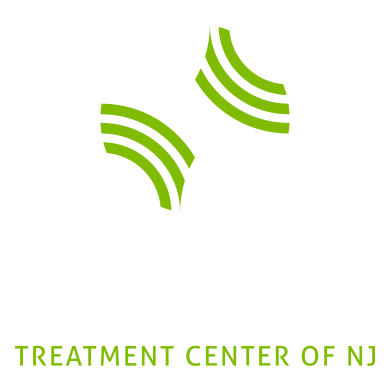
Understanding Surgical Options From A Pilonidal Surgeon’s Perspective
There are several surgical options for refractory pilonidal disease. Multiple such options are offered at Pilonidal Treatment Center of NJ. Before listing them, let us define what “refractory” pilonidal disease is. First, any pilonidal patient who has recurrent (>1) pilonidal abscesses has refractory disease. These abscess episodes may require surgical drainage, antibiotic therapy, or both. Second, any pilonidal patient with chronic pain in the area, despite lifestyle modification, has refractory disease. Finally, any pilonidal patient with a chronically draining focus known as a sinus tract has refractory disease.
The first surgical option for refractory pilonidal disease is the pit-picking procedure. This is offered to patients who seek a minimally invasive pilonidal cystectomy, with tiny incisions. Certain pilonidal patients are better candidates for this procedure than others. For example, a patient with an innately shallow cleft and several isolated off-midline sinus tracts would be an optimal candidate. The most exciting development in the pit-picking technique is the ability to do it under direct camera visualization. This modification is known as endoscopic pilonidal sinus treatment (EPSiTS). EPSiTS is offered only at PTCNJ.
The second surgical option for refractory pilonidal disease is the so-called “simple pilonidal cystectomy” also uniquely offered at PTCNJ. For the patient with an isolated pilonidal cyst/sinus, at least 4 cm above the anus, this may be a good first-line option. The distribution of disease must be limited to a 9 x 3 cm elliptical area for the patient to be considered a candidate for this procedure. Although the procedure can possibly be performed by non-specialist general surgeons, it is better performed in the hands of a pilonidal surgeon.
Finally, the third surgical option for refractory pilonidal disease is the cleft-lift procedure. When performed by a high-volume pilonidal surgeon, the wound healing is expeditious and durable. Recurrence is minimal. It differs from the simple pilonidal cystectomy in that the natal cleft is flattened and the incision is longer. This operation is our “gold standard”. It can be also effectively employed for unfortunate patients who have large, open, nonhealing pilonidal cystectomy wounds from outside providers. The results in this latter context are equivalently excellent when compared to patients without wounds.

